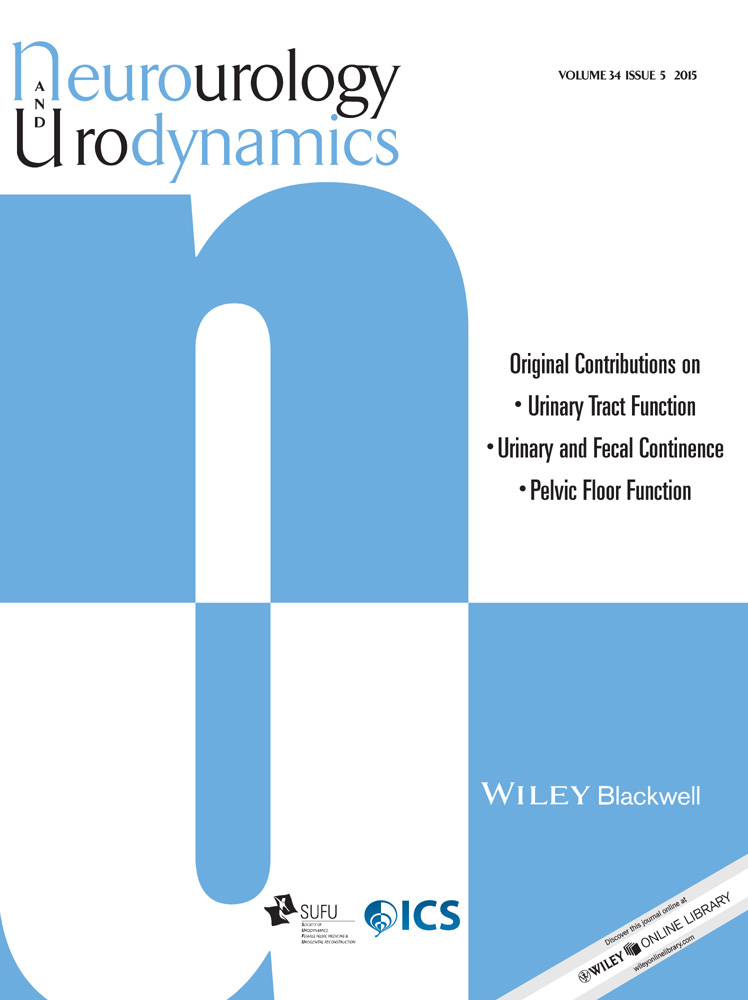Trends in urodynamics in U.S. female medicare beneficiaries, 2000–2010
Abstract
Aims
To document variations and temporal trends in the use of urodynamics (UDS) in female U.S. Medicare beneficiaries.
Methods
Using a 5% sample of U.S. Medicare utilization records, we identified female beneficiaries who had undergone UDS studies between 2000 and 2010 by the presence of Common Procedural Terminology codes for cystometrogram in claims from the Carrier file. We abstracted data for each patient on age, race, residence, ICD9 diagnoses, dates of service, and provider specialty. We calculated rates per 100,000 beneficiaries with data available from the enrollment files (i.e., Denominator files) and reported the numbers and rates per 100,000 by year.
Results
During this period, 1.4 million female U.S. Medicare beneficiaries underwent UDS, of which 6% were videourodynamics. Seventy four percent of UDS were associated with a diagnosis of any urinary incontinence, with 50% specific for stress incontinence. The annual rates of UDS increased by 29%, from 422 in 2000 to 543 in 2010 per 100,000. Similar increases were seen across age groups, geographic regions and racial/ethnic groups. The rate of UDS performed by gynecologists increased by 144% over the study period, while that of urologists decreased by 3%. In 2010, gynecologists performed 35% and urologists 58% of all UDS.
Conclusions
The use of UDS in the female Medicare program increased substantially between 2000 and 2010, with some variation across demographics and marked variation across provider specialty. Neurourol. Urodynam. 34:420–423, 2015. © 2014 Wiley Periodicals, Inc.




